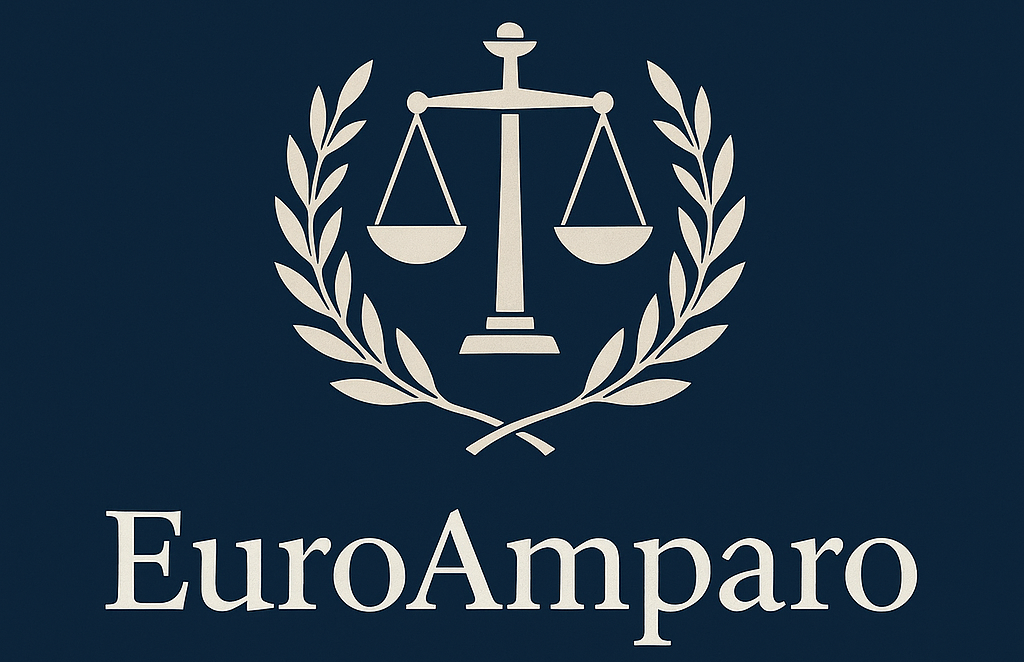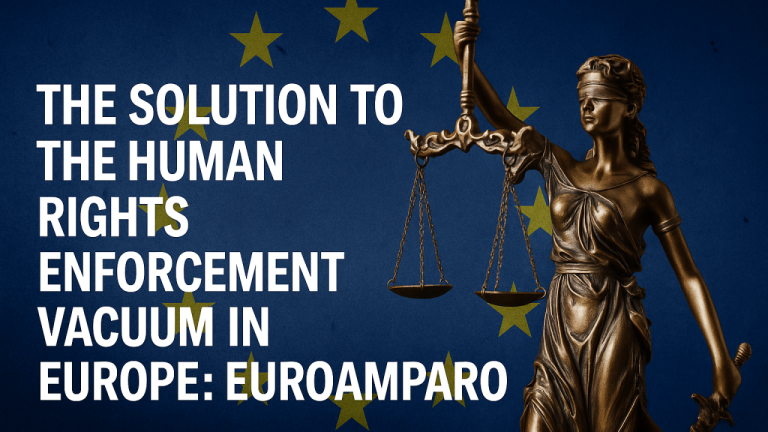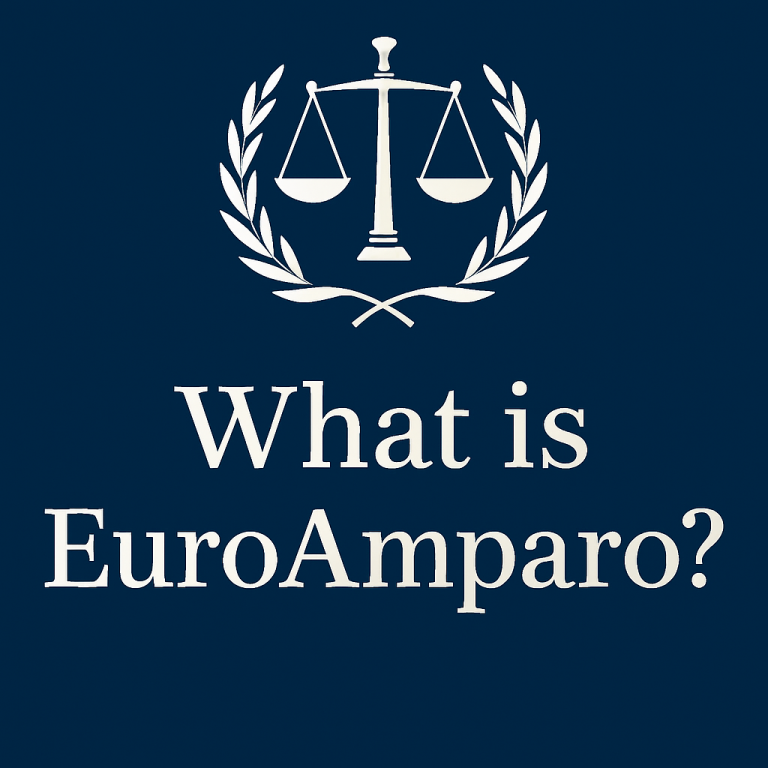
Imagine this: you break your arm. The pain is immediate and overwhelming. You go to the emergency room hoping, expecting, that treatment will be swift. Instead, you are told:
“Come back in five years. First we’ll assess if you even qualify for help.”
As absurd as that sounds, this is exactly the treatment millions face when they try to enforce their fundamental rights in Europe.
Earlier this week, I met with a woman whose case illustrates this quiet collapse of rights enforcement. She is the widow of a European citizen and the mother of a 7-year-old European child. She has lived, worked, and raised her son in the EU for nearly a decade. Yet, since she never formally applied for permanent residence, she sincerely believed that she had no legal right to remain.
No criminal record. No fraud. No harm to anyone. Just the death of her husband, and a bureaucratic gap now threatening to uproot her life.
It took two hours of walking her through the law, Directive 2004/38/EC, settled CJEU jurisprudence, the rights of EU minors and their caregivers for her to feel marginally reassured. And even then, she still doubted.
Why?
Because the system has conditioned people, even law-abiding residents and EU family members, to assume that administrative decisions are final, even when wrong. The authority’s “no” feels unchallengeable.
And in practice, it often is.
The Mirage of Remedies
The problem isn’t just legal ignorance. It’s institutional inaccessibility. Remedies exist on paper. But they’re slow, expensive, emotionally exhausting and frequently illusory.
If this woman were forced to challenge an expulsion through all national and European levels, her son would be a teenager by the time her rights were vindicated, if ever. Most victims simply don’t have the means, strength, or years to wait.
And so they disappear quietly from the system.
Not because they’re wrong, but because they’re tired and scared. They don’t feel that justice is accessible to them.
The S.S. v. Italy Parable
This institutional cruelty is not theoretical. In S.S. and Others v. Italy (ECHR App. No. 21660/18), survivors of a maritime tragedy waited over seven years for a decision. When it finally arrived, the Court declared it lacked jurisdiction. The merits were never examined. The suffering was never acknowledged.
Seven years of silence. For nothing.
This is not justice. This is administrative indifference dressed in legal robes.
A Structural Void
These are not isolated failures, they’re structural gaps. The absence of a direct, efficient, and accessible mechanism to enforce fundamental rights in the EU leaves residents and citizens alike at the mercy of inconsistent national practices and discretionary procedures.
In the absence of such a mechanism, we must ask:
Was this design accidental, or intentional?
Because a right without a remedy is not a right. It is a mirage.
And if Europe was never equipped to make those rights real, then the credibility of the entire rights framework is in question.
The Case for EuroAmparo
This is why we need EuroAmparo, a judicial remedy modeled after proven systems like the Juicio de Amparo in Mexico. It must be fast, accessible, affordable, and binding.
It must ensure that fundamental rights are enforceable, not just aspirational.
Until such a remedy exists, institutions will continue to fail the very people they claim to protect, and the Rule of Law in Europe will remain a promise betrayed by its own architecture.
The time to act is now.Support EuroAmparo





